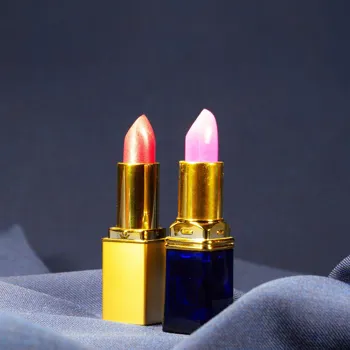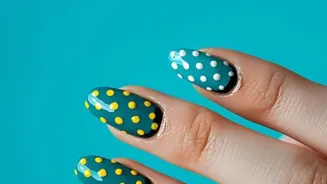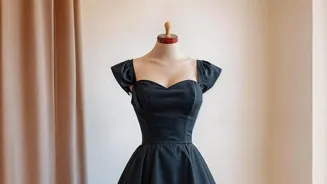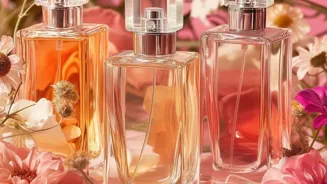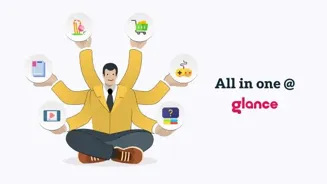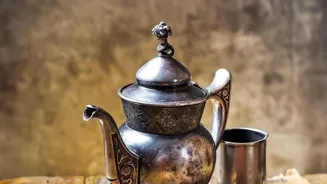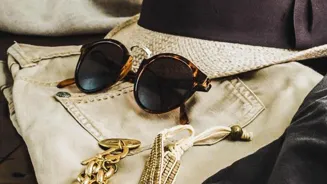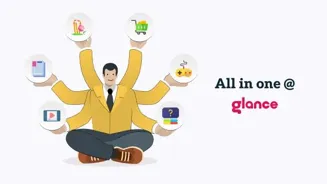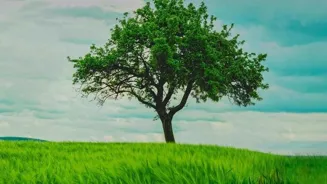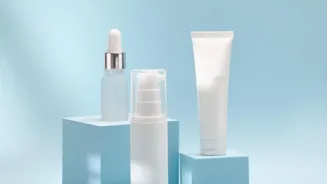Dive into the captivating history of lipstick, from ancient times to modern must-haves. Explore its evolution from symbolic power to a form of self-expression. Discover the fascinating journey behind this
iconic cosmetic
From a subtle tint to a bold statement, lipstick has been a constant companion to women (and sometimes men!) across cultures and centuries. It's more than just makeup; it's a symbol of power, beauty, and even rebellion. Let's take a dekko at the fascinating journey of this iconic cosmetic.
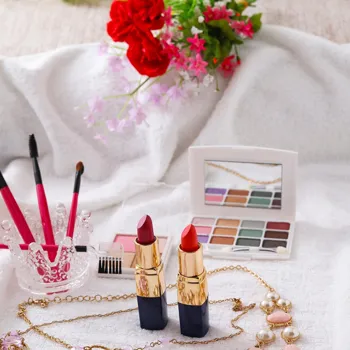
The evolution of lipstick from ancient times to modern era
The story of lipstick begins way back in ancient Mesopotamia, around 5000 years ago! Women in this region were quite the innovators, crushing gemstones and using them to add colour to their lips. Talk about a blingy pout! Similarly, in ancient Egypt, both men and women embraced lip colour.
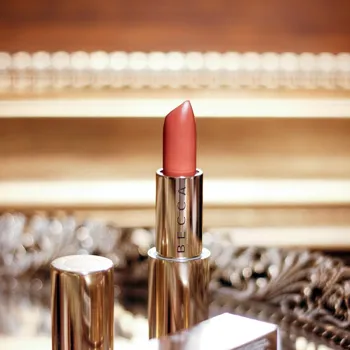
They extracted dyes from seaweed, iodine, and even insects like cochineal (don't worry, modern lipsticks are much safer!). Cleopatra, the queen of drama, was a major lipstick enthusiast. She apparently used carmine dye, derived from cochineal beetles, to achieve her signature red lip.
Imagine going to such lengths for the perfect shade! These early forms of lipstick were more than just cosmetic; they often signified social status and were used in religious ceremonies. The pursuit of a perfect lip colour, it seems, has been a long-standing human endeavour.
Ancient lip and cheek staining across cultures symbolize status
In ancient India, evidence of lip and cheek staining using natural dyes from plants and fruits can be found in ancient texts and art. While not exactly lipstick as we know it, the concept of enhancing the lips with colour was definitely present.
Moving eastward, in ancient China, lip colour dates back to the Zhou dynasty. Lipstick was typically made from beeswax and dyes, and it symbolized social standing. Only the elite could afford the vibrant hues. Think deep reds and crimson shades indicating power and prestige.
It's interesting to see how different cultures across the globe were independently exploring the use of colour to enhance the lips, each with their own unique ingredients and meanings. This global fascination with lip colour speaks volumes about its universal appeal.
Lipstick faced stigma in Middle Ages Europe, later revived by Queen Elizabeth I
The Middle Ages in Europe, however, weren't so kind to lipstick. The Church frowned upon it, viewing it as a symbol of witchcraft or even something associated with devilish behaviour. Wearing lipstick could even get you accused of being a witch!
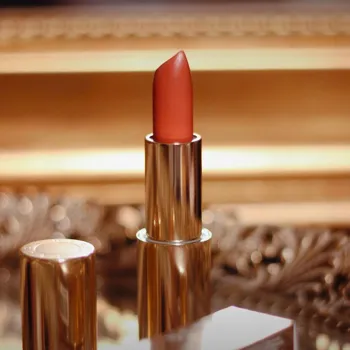
Queen Elizabeth I of England brought lipstick back into favour during the 16th century. She famously sported a dramatic red lip, often paired with a stark white face. This look became instantly fashionable, especially among the upper classes.
However, the use of lipstick was still largely restricted to actors and women considered 'loose' by society. It wasn't until the late 19th century that lipstick began its journey towards becoming a mainstream cosmetic.
The association with theatre helped popularise it, but social stigmas still lingered.
Lipstick's evolution in the 20th century revolutionized beauty standards
The 20th century marked a turning point for lipstick. The invention of the swivel-up lipstick tube in 1915 was a game-changer. No more messy applications with brushes or having to dab colour from a pot! Suddenly, lipstick became more convenient and accessible to everyone.
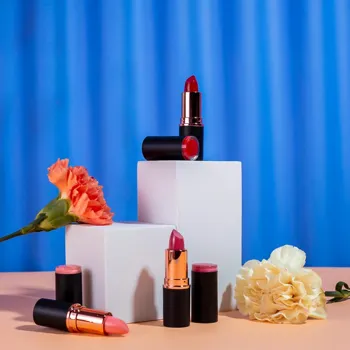
The flapper girls of the roaring twenties embraced bold, dark shades like plum and crimson, using lipstick as a symbol of their newfound freedom and independence. The popularity of Hollywood actresses like Clara Bow and Greta Garbo further fuelled the desire for the perfect pout.
Lipstick became synonymous with glamour and sophistication. The Great Depression saw lipstick sales soar, offering women a small but affordable luxury during tough times. It boosted morale and provided a sense of control in an uncertain world.
World War II: Lipstick symbolizes resilience; post-war, iconic shades rise
World War II brought about a different kind of lipstick revolution. With many men away fighting, women stepped into traditionally male roles in the workforce. Lipstick became a symbol of patriotism and resilience.
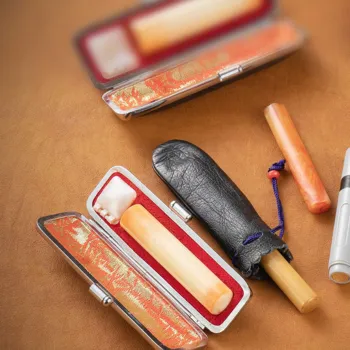
Shades like "Victory Red" were created to boost morale and project an image of strength. After the war, the 1950s saw the rise of iconic lipstick shades like classic red, popularized by Marilyn Monroe.
Lipstick became an essential part of the "feminine mystique," representing glamour and domestic bliss. The 1960s saw a shift towards lighter, pastel shades, reflecting the youthful and carefree spirit of the decade.
From bold reds to delicate pinks, lipstick continued to evolve alongside changing social trends and fashion styles.
The diverse world of lipstick: from colors to textures, innovation & empowerment
Today, the world of lipstick is truly mind-boggling. From matte to gloss, liquid to crayon, and a rainbow of colours, the options are endless. We have long-lasting formulas, moisturizing formulas, and even lipsticks that change colour based on your pH level!
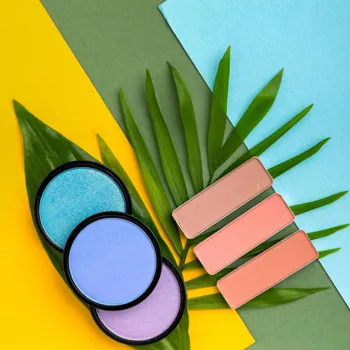
Brands are experimenting with innovative ingredients and textures, catering to every preference and skin tone. Moreover, the rise of social media and beauty influencers has created a whole new platform for showcasing and promoting lipstick.
Tutorials abound, offering tips and tricks for achieving the perfect lip look. Lipstick is no longer just a cosmetic; it's a form of self-expression, a tool for empowerment, and a way to instantly transform your look. It's a small tube packed with history, culture, and a whole lot of attitude.
Lipstick: A Confidence-Boosting, Mood-Enhancing Journey
Lipstick isn't just about looking good; it's about feeling good too. That swipe of colour can be a confidence booster, a mood enhancer, and a way to express your personality.
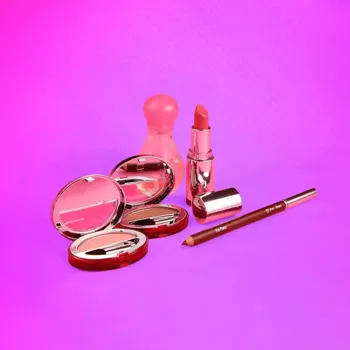
So, the next time you reach for your favourite lipstick, remember the long and fascinating journey it has taken to become the modern-day must-have it is today. From crushed gemstones to high-tech formulas, lipstick has truly stood the test of time!.
Victory Red" lipstick empowered women during WWII
The shade "Victory Red" during WWII increased the morale of the women and the soldiers to a large extent. As the women took up jobs usually done by men, lipstick became a symbol of patriotism. It gave a strong image making them feel capable and empowered.
Lipstick through history: from taboo to trendy
During the Middle ages lipstick got a bad reputation as it was called devil behaviour and symbol of witchcraft. Queen Elizabeth the 1st brought back lipstick during the 16th century which was paired with stark white making the look fashionable.
During the late 19th century lipstick became mainstream.
Invention of swivel-up lipstick tube revolutionized cosmetics for women
The 20th century was a turning point for women as the swivel-up lipstick tube was invented. The invention helped people use lipstick and it became accessible to everyone. The roaring twenties saw lipstick as symbol of freedom and independence made it a hit among women.
Ancient civilizations used gemstones, beeswax for lipsticks
The first lipsticks were created during the ancient civilization in Mesopotamia when women crushed gemstones to apply in their lips. In ancient Egypt both men and women applied lipstick. In China lipstick dates back to Zhou dynasty made from beeswax.
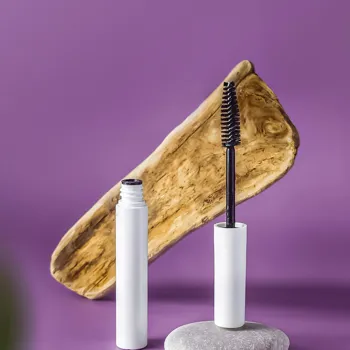
Innovative lipstick trends cater to all skin tones
From matte to gloss, liquid to crayons we have a variety of lipsticks. There are innovative experiments being done for lipstick such as long lasting lipsticks and those that can change shade. Now you can simply find a lipstick which is suitable for every skin tone.
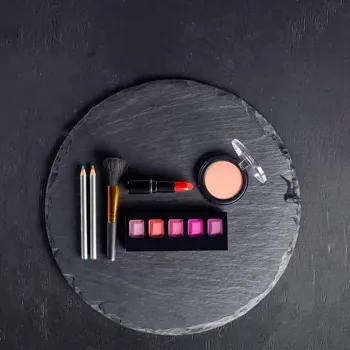
Lipstick: From history to empowerment in social media
Lipstick has a lot of history as different civilization has different methods of using them. Even now it helps to express people in social media. The journey of lipstick is not just for cosmetic enhancement but of power. beauty and a tool of empowerment.
